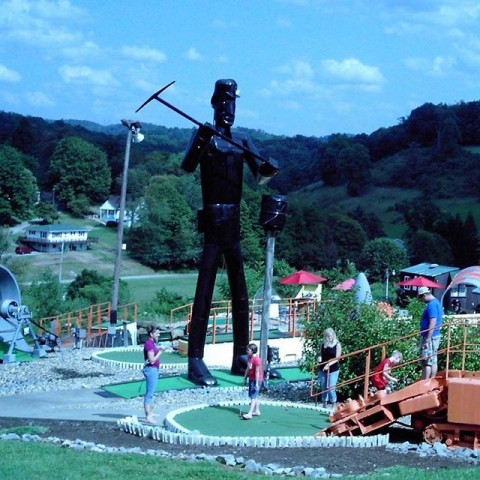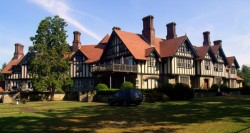Mining in Marion
March 29, 2021
West Virginia’s mountainous terrain, impressive river valleys, and rich natural resources have all profoundly contributed to the history and culture of the Mountain State. Although coal was known to exist throughout much of West Virginia, no extensive mining took place until the mid-1800s. Since then, coal has been a strong driving force for our state’s economy and has dramatically impacted our way of life.
By 1860, many coal companies formed, and corporations developed under the laws of Virginia. Previously, there was little motivation to mine coal as a resource due to the abundance of wood in the state and the lack of manufacturing industries to support coal production.
Early Mining
Like much of West Virginia, Marion County has a solid connection to coal and contributed significantly to the industry’s early growth in the United States. The arrival of the Baltimore and Ohio Railway in Marion County helped transform the region by making it a strategic value during the Civil War. During the war, Confederate troops set up camp in the Kanawha Valley, which prevented the local mines from shipping coal. But further north in Fairmont, the coalfields remained active, providing coal for the Union via the B&O Railroad.
Following the Civil War, immense fortunes were made in the coal industry during the late 19th and early 20th centuries. The interest in West Virginia’s mineral resources brought a new era of development and growth for the industry and the state. A more extensive coalfield and one of the region’s first commercial mines created during this time was the Fairmont Field. The Fairmont Coal Company was formed in 1901 as the production and marketing success of the field increased. The company, later known as Consolidation Coal Company, was owned by the powerful and political Fleming-Watson family. James E. Watson’s High Gate Carriage House and other structures associated with Marion County’s industrial elite are now on the National Register of Historic Places.
Coal Boom
Marion County boomed during the early decades of the 20th century, with the popularity of the county doubling between 1900 and 1930. During this growth, the area saw an influx of Italian immigrants who quickly found work in north-central West Virginia mines. The workers created a close-knit community and worked hard to provide for their families. And from these miners came a true West Virginia delicacy — the beloved pepperoni roll.
Mining Disasters
Unfortunately, the industrialization of the coal industry demanded a high cost. West Virginia’s two most notorious coal mining disasters happened a few miles apart in Marion County. In 1907, 361 miners were killed in the Monongah Mine Disaster, the deadliest coal mine disaster in United States history. Of the men who died in this tragedy, 171 of them were Italian. A tribute to these miners is located in Monongah at the Monongah Mine Disaster Memorial. The Farmington Mine disaster occurred in 1968 when the Consol No. 9 coal mine exploded, killing 78 miners. Visitors can find the Farmington No. 9 Mine Disaster Memorial in Mannington. Both of these disasters led to significant new federal legislation intended to improve mine safety.
Whether you come from a strong coal mining lineage or are just interested in learning about our state’s culture and community, there are plenty of places in Marion County to brush up on your coal knowledge. From museums and memorials to restaurants and miniature golf, coal mining memories are all around. And coal is just one piece of our exciting history! Request a Marion County History Guide to understand more about our remarkable past.
Listen to interviews of local miners and their families presented by the Frank & Jane Gabor WV Folklife Center here and here.


